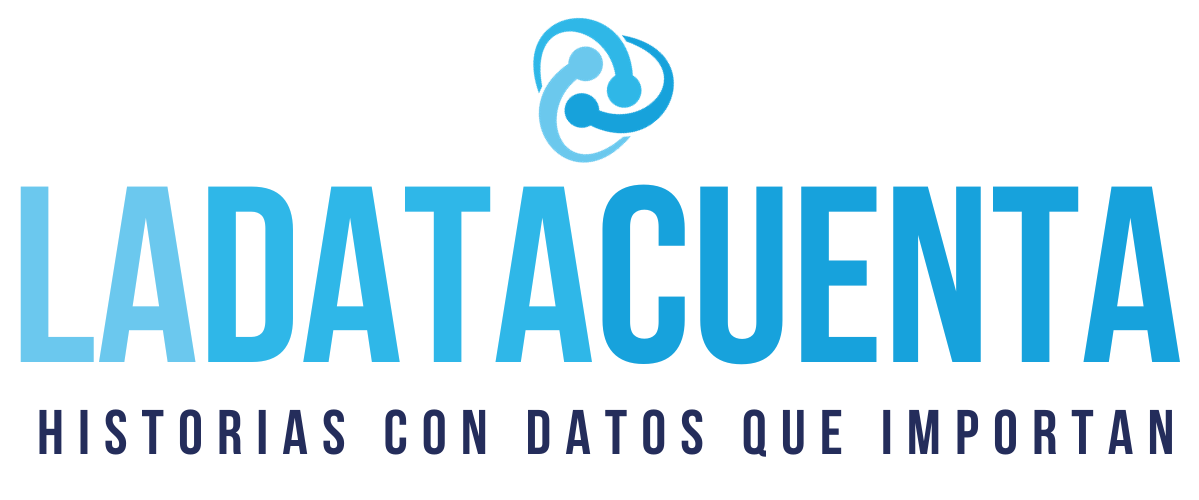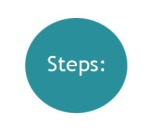Lea en Español
The mighty jungle of data
I must admit that every time I undertake a journalism project based on data I get just as excited as when I take a plane to meet and explore a new country in the world.
Journalistically speaking, I like to think that the destination where I am heading is like a jungle, one where the volume of data and the problems to solve come face to face; in the end I get to that point where numbers will reveal where the treasure is, that history of public interest which is usually confirmed or arises after a thorough analysis of data.
But in order to see the results, you must complete steps, processes, and work as a team. We must learn to handle issues arising along each of these stages. Only then, we will successfully reach safe harbor and guarantee the quality of any publication.
That´s what this guide is all about, sharing what I have experienced over the years on project management in Data Journalism. In it I include a number of steps and questions that I ask myself every time I enter this jungle of data.
Before you begin
Let’s be clear: most newsrooms don´t have and will never have the resources to hire a project manager so, if you want your project to be truly successful, you must become your own manager.
Discard the idea of «ok, I just have to get the information and write. The rest is the responsibility of others». No, that mentality is outdated. Insisting on these is the best way to ruin projects.
What is your project about?
State your hypothesis.
What database or databases do you need to prove your theory?
Are these databases public, can you download them from a web page or should you request them from any state institution or organization?
What are the laws on access to public information existing in your country? Know them well to properly support formal requests, if necessary.
What is the best format to request a copy of these databases for further analysis?, an Excel file, a CSV? In your request, be specific about the format and, if possible, avoid Word or PDF files.
If part of the information required does not exist, can you collect it?, what variables should the database that will be created include?
Once you have the database in your hands, define what software will be used for the analysis. In my experience, both Excel and Tableau are very efficient. However, depending on the complexity of the information you have, explore the possibility of using other software, like SQL, SPSS or Access.
Clean data and standardize the same using Refine, for example. Validate it, look for inconsistencies or errors. To clarify any questions, contact the person who provided the information as many times as necessary.
Sort the data by category, filter, cross, interview, and display the same. For this graphical part there are tools like DataWrapper, Many Eyes, Tableau, or even Excel.
List your first written and graphic conclusions.
With the preliminary analysis, define what your goals are. What do you want to get from that project?
What do you want to do with the data? Does your database allow you to create an article, an interactive application, an infographic (interactive or not) or do a mix of everything?
Who and how is the audience to which your project is addressed? Why should they care?
What is the added value that this project will give your audience?
Do you need additional data to strengthen your approach?
What are the components of your project? List them (Analysis and visualization. Interactive applications, infographics, scripts and videos, engagement strategy in social networks, interviews, special web programming, differentiated writing for web and paper, among others).
What are the requirements and tasks involved in each stage? Will your project be done in one or several deliveries?
When will you accomplish the same? In the short, medium, or long term? Set dates to complete each stage.
Define a publication date for the project. Consider at least one week to make quality control of applications, infographics, animated graphics, text corrections, and other obstacles that always occur at closing.
Share with others, this will enhance your project.Tell your ideas to your workmates or / and other colleagues, your initial findings, and what you intend to do with the project. The ideas of others will grow yours.You will learn about tools and ways of doing things that will help you.
With whom will you work during the development of the project? Who are your allies?
What are the tasks that each player should perform?
What are the deadlines for the deliverables?
How will you keep them informed, connected, and motivated?
What kind of follow-up will you use to monitor progress in the fulfillment of tasks and deadlines?
Use tools like Trello to inform and monitor the status of the deliverables.
Look for experts in the field to help you enhance your data analysis. Keep an open mind to criticism and suggestions.
Identify the setbacks that you might experience along the way and could kill your project or turn it into an agony.
How do you plan to deal with them?
What aspects of your project should you negotiate?, in what can you be flexible and what can´t definitely change?
Talk with your team about these potential setbacks for them to help you prevent or give alternatives to handle them properly.
What resources do you have (financial and human)?
What is the time availability of each of your team members?
Be realistic: with the resources and time available, can you achieve all the objectives of your project or should you adjust your goals to the actual possibilities?
As your project progresses, check whether to add or change resources or people you are working with.
Evaluate the updates made along the way on each project component.
Keep your team informed at all times of all the decisions made. No one should be taken by surprise by any last minute change.
Give a constant feed back to your team on the status of each of the stages of the project being developed.
Set rules from the beginning for you and the people working with you. For example, make it clear that the level of commitment to the project should be high. Failure to comply with an agreed task by the deadline will affect the work of all.
Once the project is completed and delivered, devote at least a week to make revisions and quality control on each of the products that make up the project.
After your report is published, meet with your team to share experiences and suggestions for future improvement regarding the teamwork.
One last suggestion: As you can guess, research projects based on analysis of data are quite demanding in time and labor. Therefore, as a leader, watch your health, don´t alter meal times, get enough sleep, and allow occasional relaxation activities.






